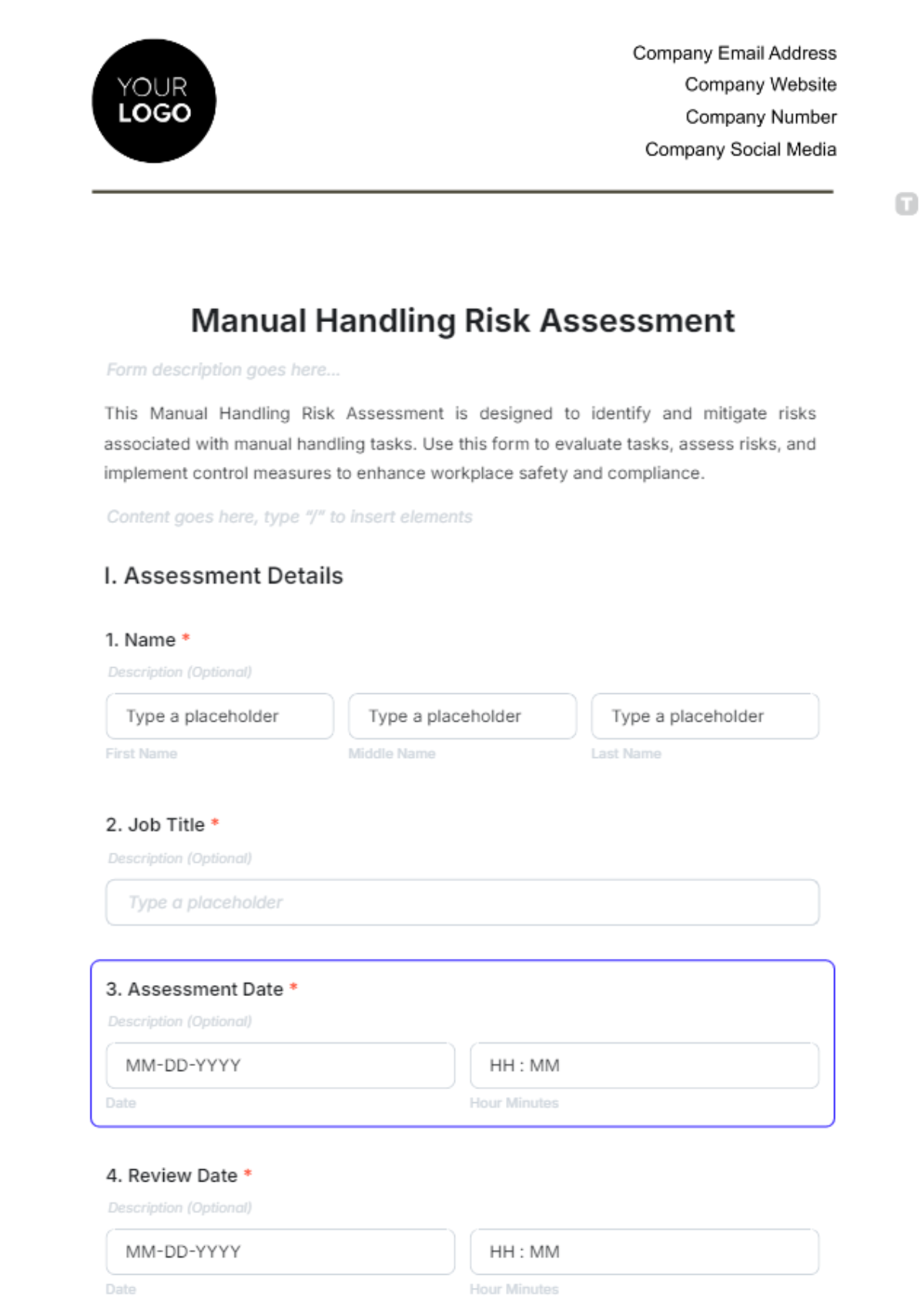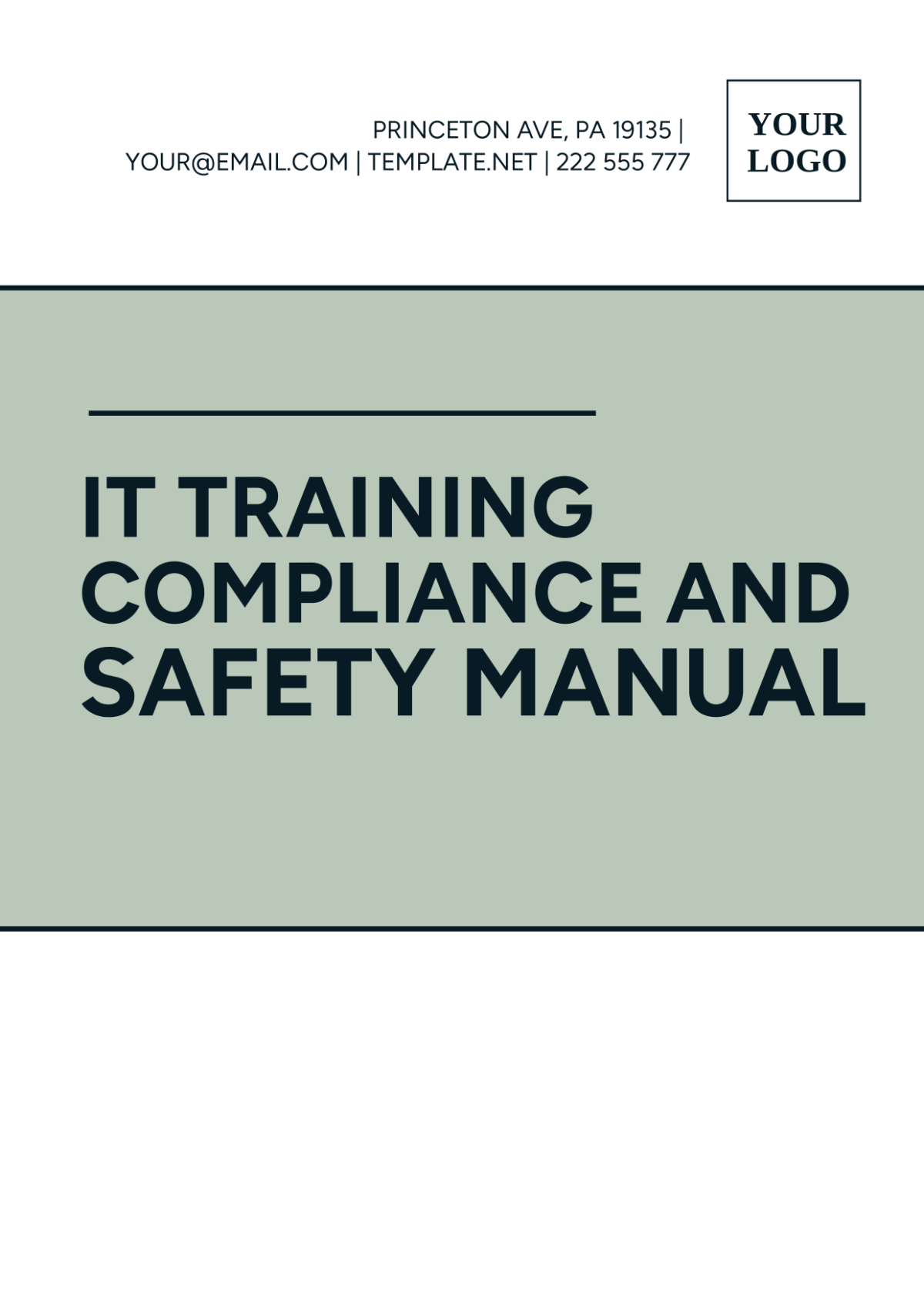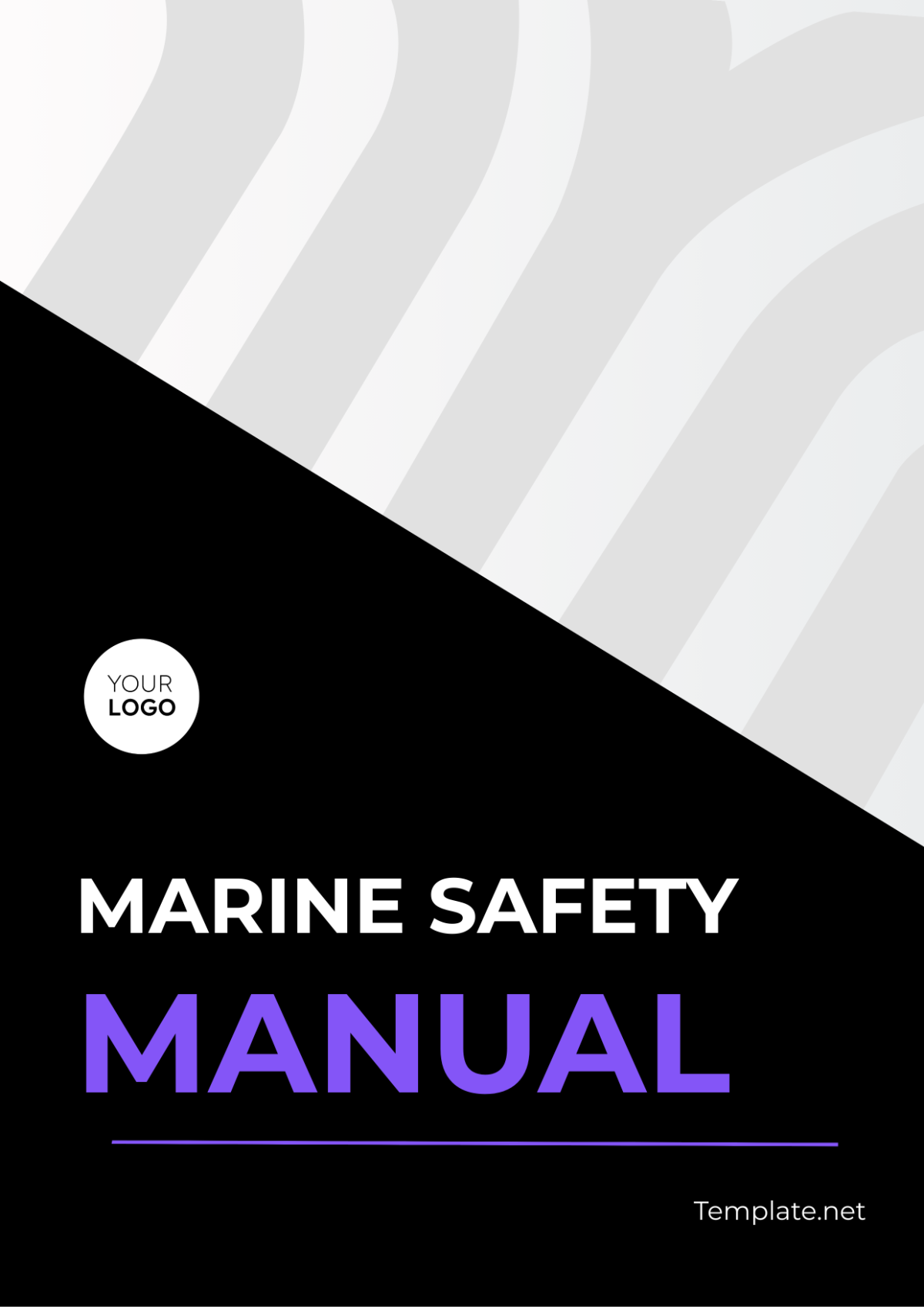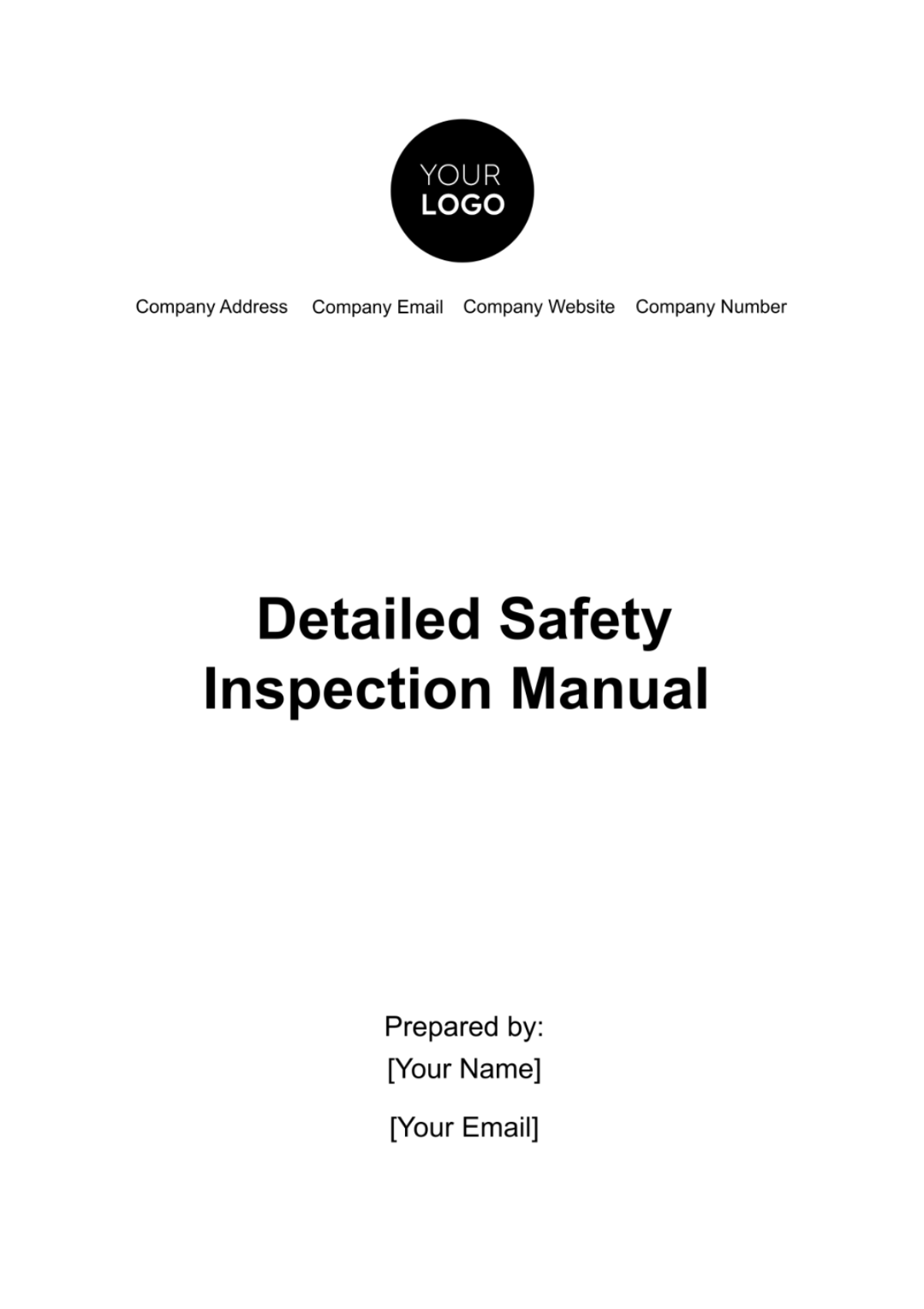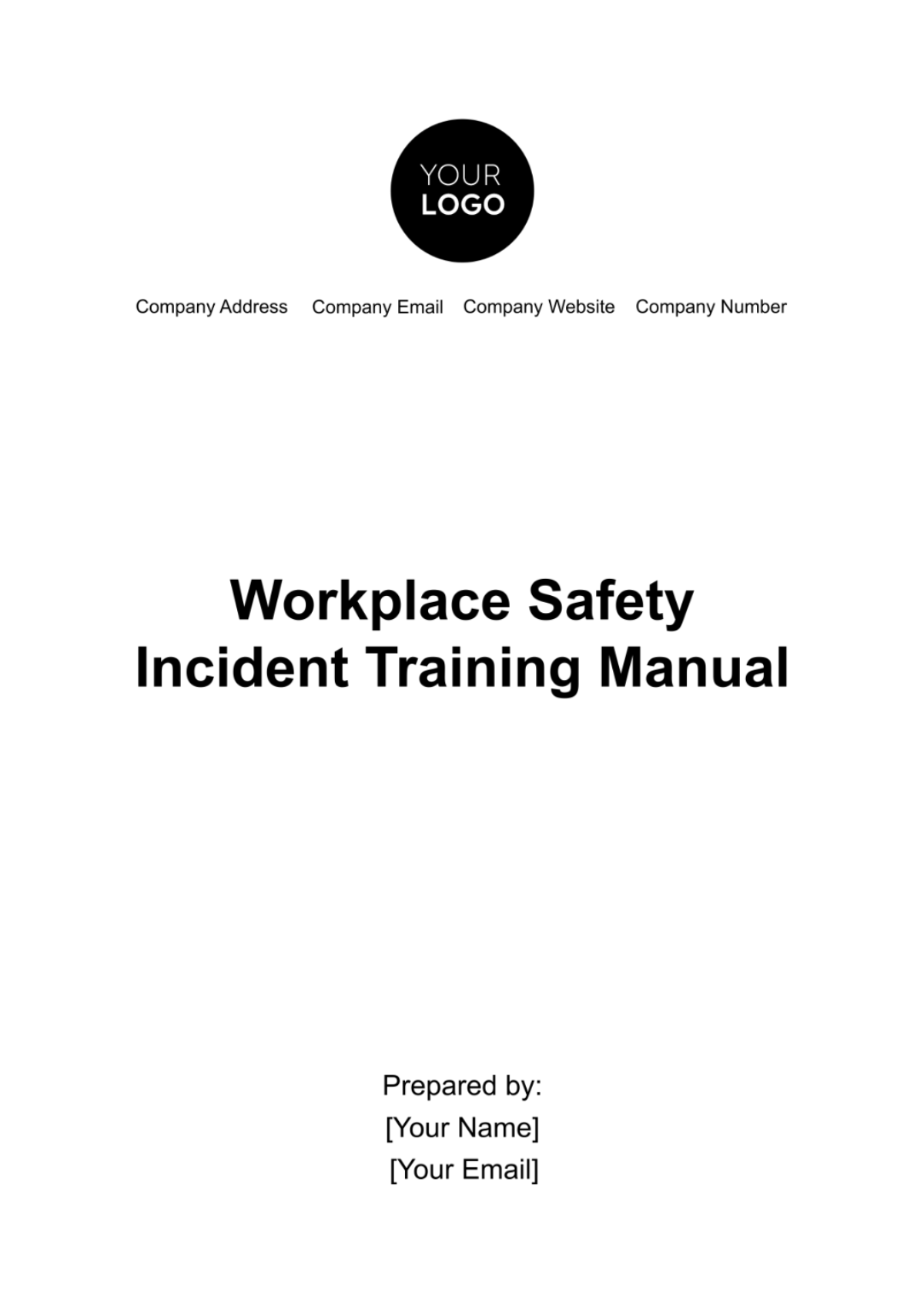Detailed PPE Usage Manual
I. Introduction
A. Overview of PPE
Personal Protective Equipment (PPE) is crucial in safeguarding employees from workplace hazards. This manual provides comprehensive guidelines on the selection, use, and maintenance of various types of PPE.
B. Purpose of the Manual
The purpose of this manual is to ensure that all employees understand the importance of PPE, know how to select the appropriate equipment and use it effectively to mitigate occupational risks.
C. Target Audience
This manual is intended for all employees, supervisors, and safety personnel within [Your Organization]. It applies to all departments and job roles where PPE is required.
D. Regulatory Compliance
This manual is developed by [Relevant Regulations and Standards], ensuring compliance with local and national health and safety requirements.
II.Types of PPE
A. Head Protection
Helmets and Hard Hats
Selection Criteria:
a. Must comply with [Applicable Standards].
b. Consideration of electrical insulation properties for specific tasks.
Sizing Guidelines:
a. Ensure a snug fit without causing discomfort.
b. Regularly inspect for signs of wear, cracks, or damage.
B. Eye and Face Protection
Safety Glasses and Face Shield
Selection Criteria:
a. ANSI Z87.1 compliance for impact resistance.
b. UV protection for outdoor work.
Sizing Guidelines:
a. Proper fit over prescription eyewear.
b.Adjustable straps for face shields.
III. Selection and Sizing
A. Hazard Assessment
Before selecting PPE, conduct a thorough hazard assessment for each job task. Identify potential risks and determine the appropriate types of PPE needed to mitigate those risks. Regularly review and update hazard assessments to account for changes in processes or equipment.
B. PPE Selection Criteria
Task-specific requirements:
a. Match PPE to the specific hazards associated with the task.
Fit and comfort:
a. Ensure PPE fits well and does not impede movement.
b. Consider ergonomic design for comfort during extended use.
C. Sizing Guidelines
Refer to manufacturer guidelines for sizing information. PPE must fit properly to provide adequate protection. Encourage employees to report any discomfort or fit issues promptly.
D. Compatibility with Other PPE
When using multiple types of PPE simultaneously, ensure compatibility. For example, make sure that safety glasses can be worn comfortably with respiratory protection.
IV. Training and Education
A. Employee Training Programs
All employees must undergo comprehensive training on the proper use of PPE. Training programs should cover:
Identification of hazards and appropriate PPE.
Donning and doffing procedures.
Emergency response protocols.
B. Training Materials
Provide visual aids, videos, and written materials to reinforce training. Develop hands-on exercises to allow employees to practice using PPE correctly.
C. PPE Training Schedule
Implement a regular training schedule for new hires and refresher courses for existing employees. Ensure that training is documented, and employees sign off on their understanding of PPE protocols.
D. Record-Keeping for Training
Maintain records of employee training, including dates, topics covered, and attendees. Regularly update training materials to reflect changes in PPE or procedures.
V. Proper Use
A. Donning and Doffing Procedures
Employees must follow proper procedures when putting on (donning) and taking off (doffing) PPE. Specific procedures may vary based on the type of PPE used.
Example: Donning and Doffing Safety Glasses
Donning:
a. Wash hands before handling glasses.
b. Hold glasses by the temples and place them over the ears.
c. Adjust the nose bridge for a secure fit.
Doffing:
a. Use both hands to remove glasses.
b. Store in a protective case or designated area.
B. Adjusting and Fitting Guidelines
Tightening or loosening straps.
Adjusting nosepieces.
Ensuring a snug fit without compromising comfort.
C. Common Mistakes and How to Avoid Them
Wearing PPE inappropriately.
Ignoring signs of wear or damage.
Failing to conduct pre-use inspections.
D. Special Considerations for Unique Work Environments
If your organization has specific work environments (e.g., confined spaces, extreme temperatures), provide detailed guidance on PPE use in these settings.
VI. Maintenance and Inspection
A. Cleaning Procedures
Proper cleaning agents.
Frequency of cleaning.
Storage considerations.
B. Inspection Guidelines
Visual inspections for signs of wear, damage, or deterioration.
Functionality checks for moving parts (e.g., respirator valves).
C. Storage Recommendations
Storage conditions (e.g., temperature, humidity).
Use of protective cases or bags for certain items.
D. Replacement Criteria
Exceeding the manufacturer's recommended lifespan.
Signs of wear or damage that cannot be repaired.
Changes in work conditions that require upgraded protection.
VII. Limitations and Considerations
A. PPE Limitations
Does not eliminate hazards:
PPE provides a barrier but does not eliminate the source of hazards.
Task-specific limitations:
Some PPE may be suitable for specific tasks but not others.
Environmental factors:
PPE effectiveness may be influenced by environmental conditions.
B. Environmental Considerations
Temperature extremes:
Guide on using PPE in hot or cold environments.
Humidity and moisture:
Considerations for PPE exposed to moisture.
C. Temperature Extremes
Heat stress prevention:
a. Encourage hydration breaks.
b. Schedule work during cooler parts of the day.
Cold weather precautions:
a. Provide insulated PPE.
b. Encourage layering for warmth.
D. Task-Specific Considerations
Chemical handling:
Specify the type of gloves and eye protection required.
Welding and cutting:
Address the need for flame-resistant clothing and face protection.
VIII. Emergency Procedures
A. Emergency Situations While Wearing PPE
Follow emergency response procedures:
a. Evacuate the area if necessary.
b. Communicate with team members.
Contact emergency services:
a. Provide information about the situation and location.
B. Procedures for Safe PPE Removal in Emergencies=
Follow established protocols:
a. Be cautious not to compromise other safety measures.
b. Seek medical attention if exposure is a concern.
C. Communication Protocols
Emergency contacts:
Provide a list of emergency contact numbers.
Communication devices:
Ensure employees have access to communication devices.
IX. Record-Keeping
A. Documentation Requirements
Training records:
Document employee training dates, topics, and attendees.
Inspection and maintenance logs:
Track PPE inspections and maintenance activities.
B. Incident Reporting Procedures
Prompt reporting:
Encourage employees to report PPE-related incidents immediately.
Investigation procedures:
Outline the process for investigating incidents and implementing corrective actions.
C. Audits and Inspections
Scheduled audits:
Conduct routine audits of PPE programs.
Employee involvement:
Involve employees in identifying areas for improvement.




